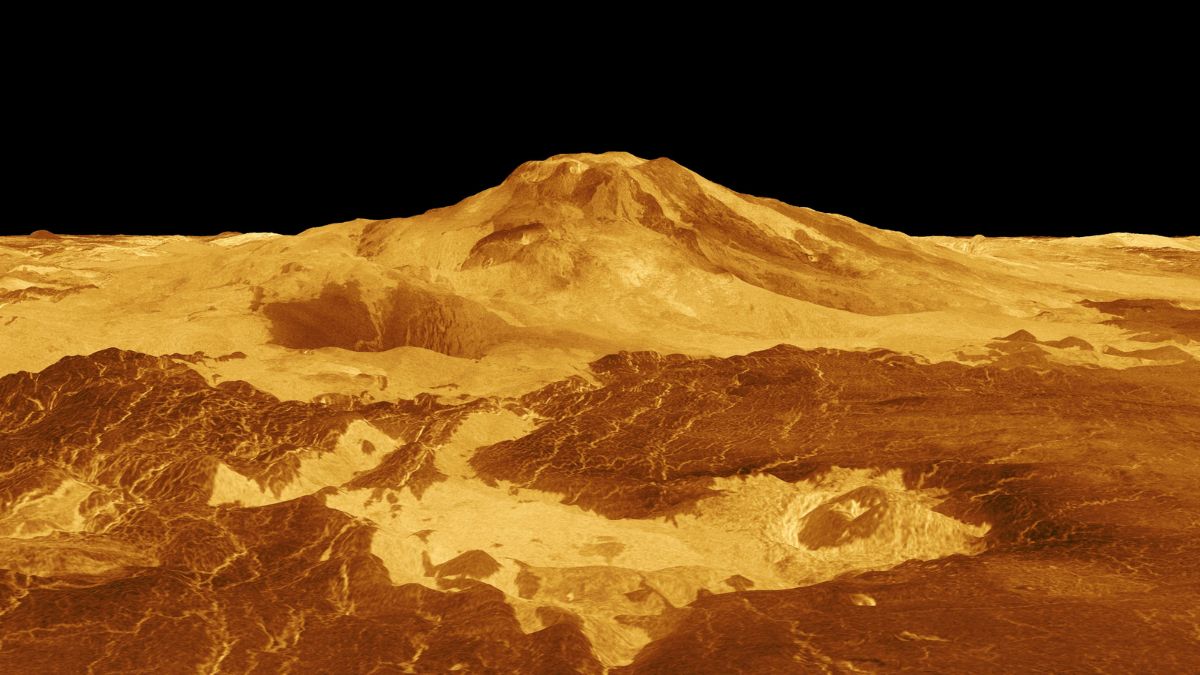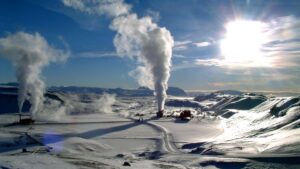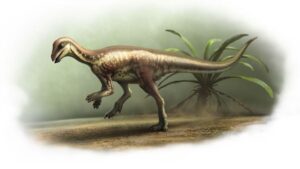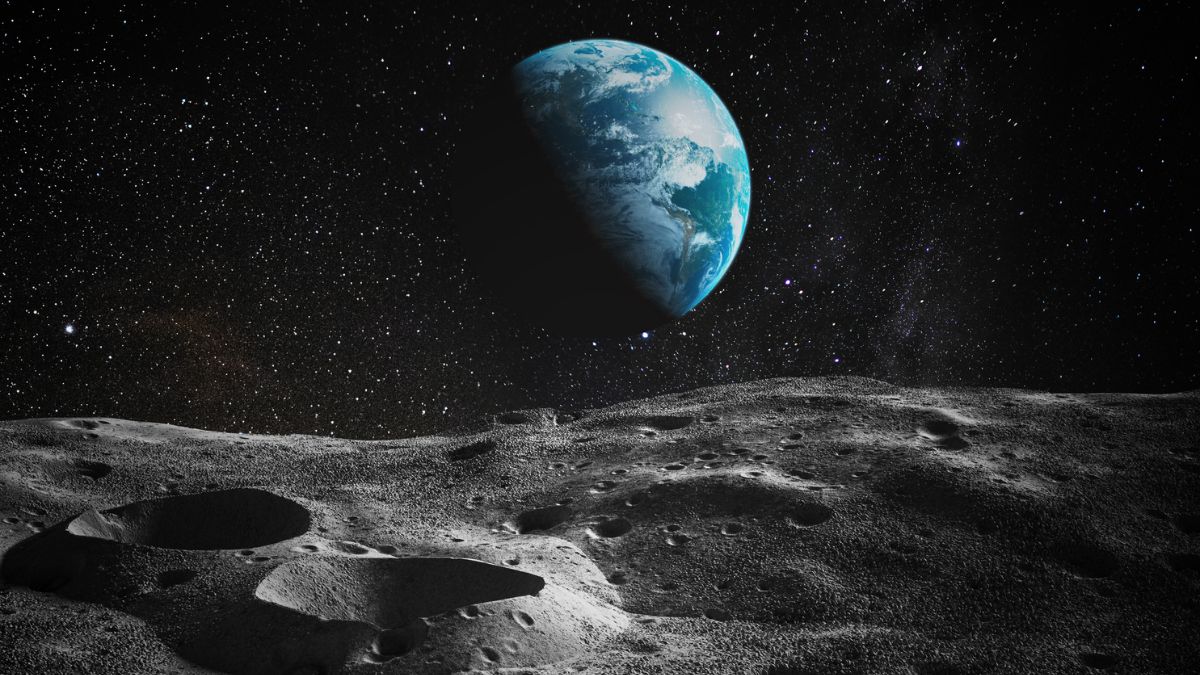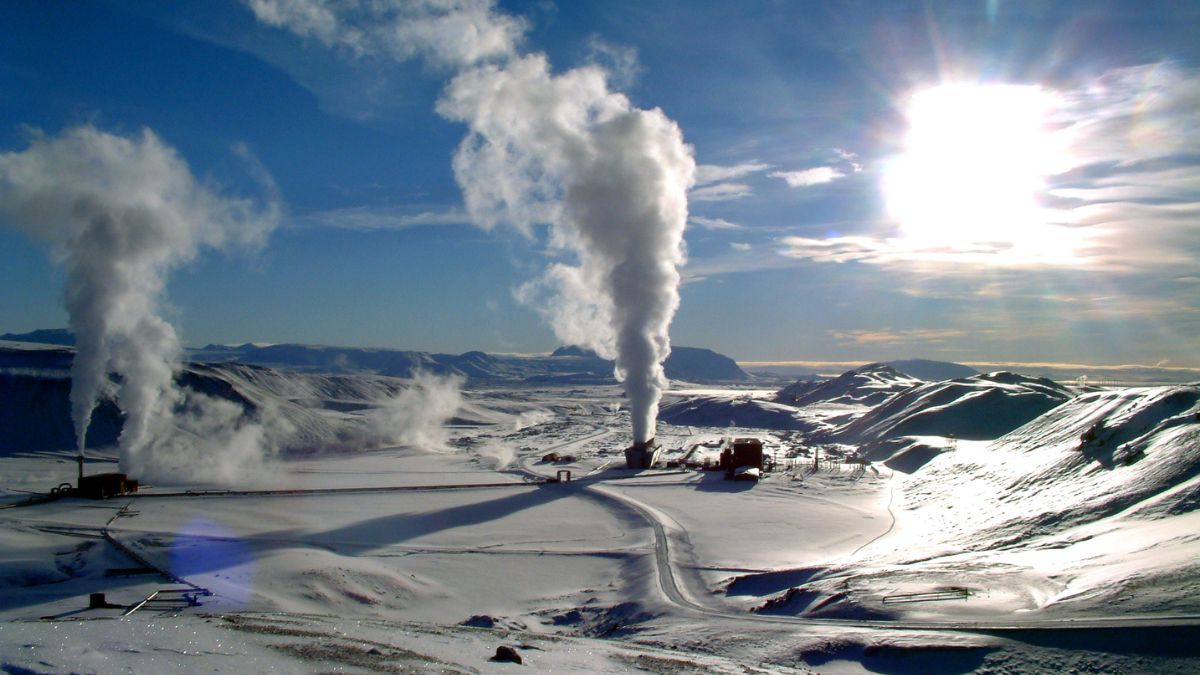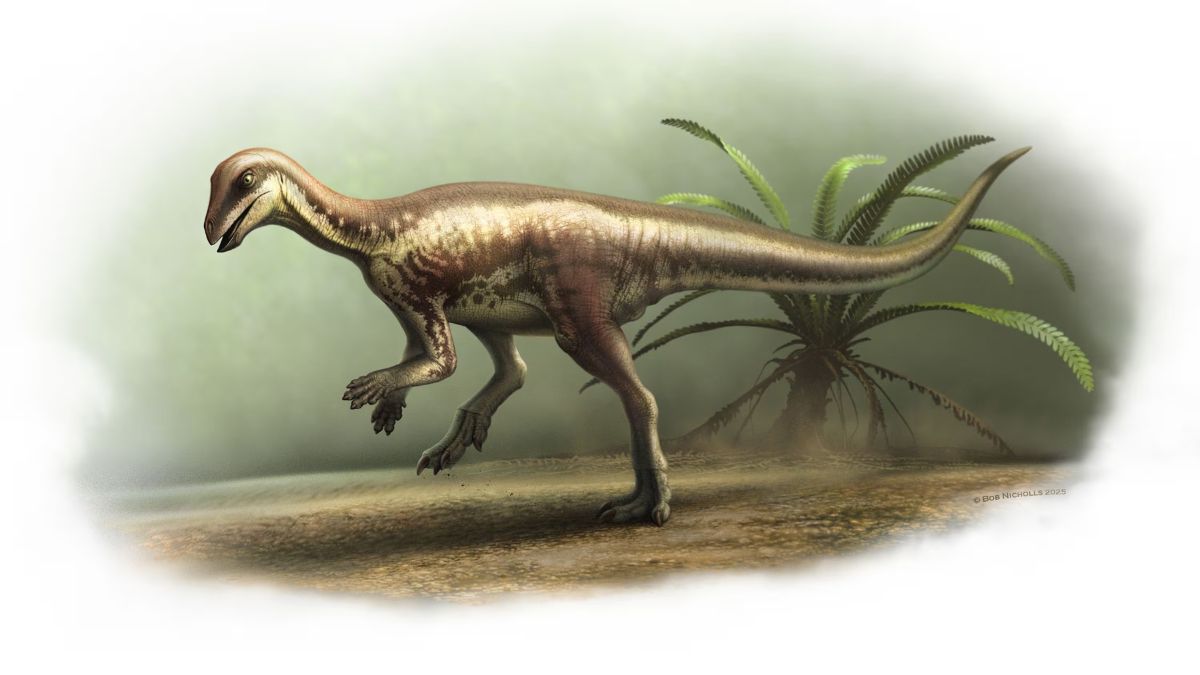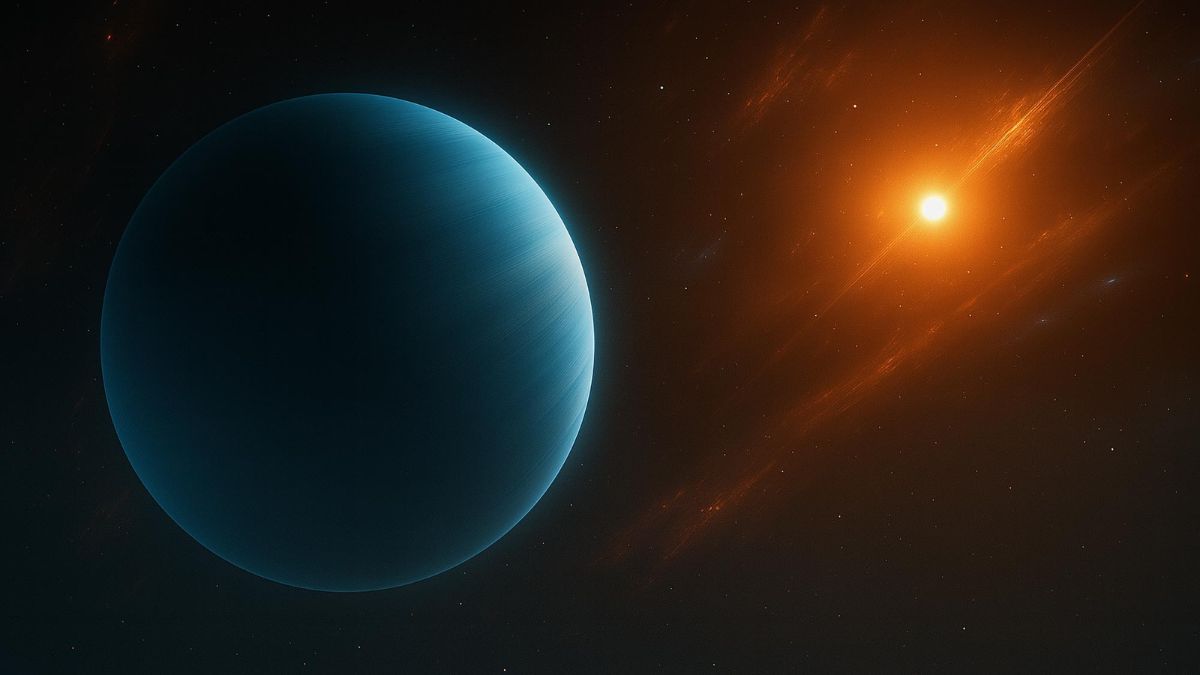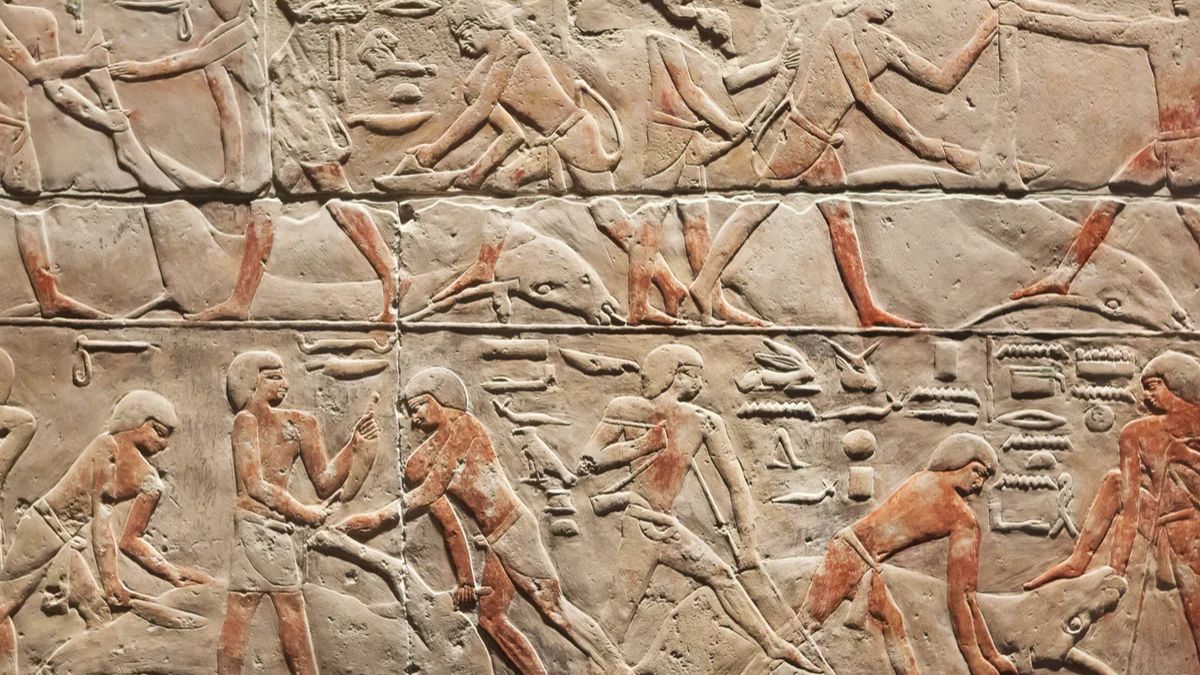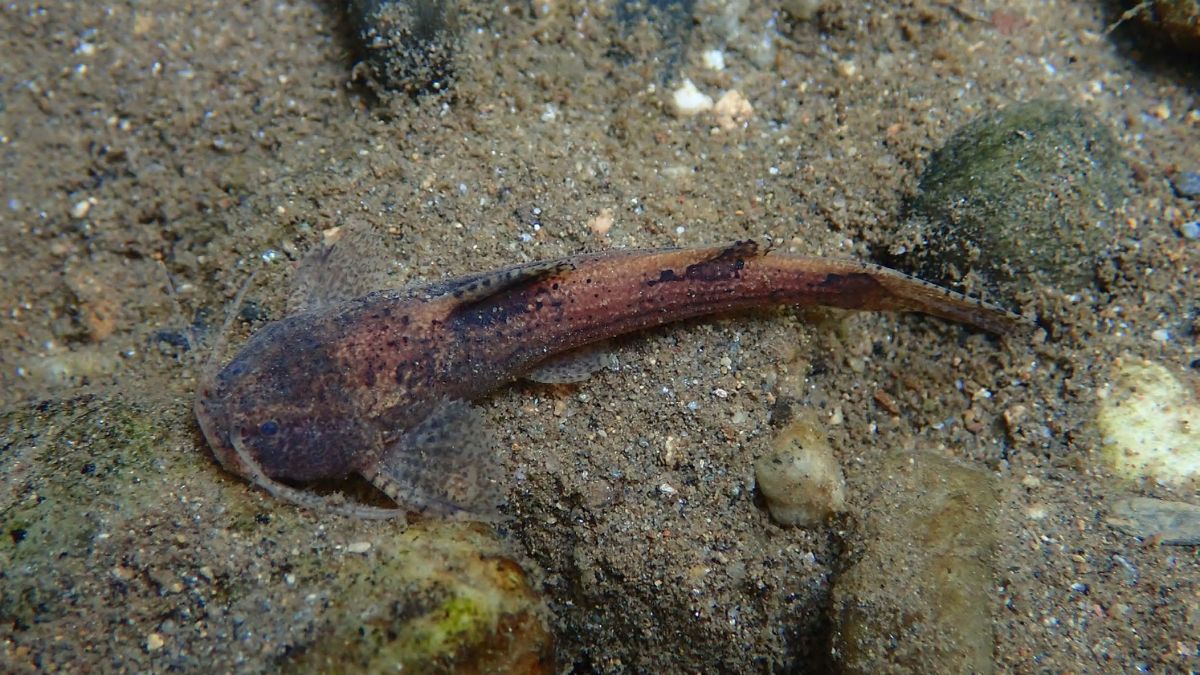For years, Venus was thought to be a quiet, dead world — a planet scorched by heat and time, frozen in a state of inactivity. But thanks to NASA’s review of old Magellan mission data using modern tools, that belief has changed dramatically. We now know Venus is geologically active, with volcanoes that may still be erupting today. Let’s cut into how NASA made this discovery and what it means for our knowing of the Solar System.
Discovery
It all began with NASA revisiting radar images captured by the Magellan spacecraft in the 1990s. This mission had mapped about 98% of Venus’ surface. At the time, no one could confirm any current activity on the planet — it all seemed like ancient history.
But using today’s technology, scientists spotted something that changed everything: Venus’ surface is still shifting. There’s internal heat, and it’s pushing the crust around. That means geological processes — including volcanic activity — are still happening today. The planet, once believed dead, is in fact very much alive.
Coronae
One of the major clues came from large circular features called coronae. These aren’t just surface scars from the past. Out of 75 coronae studied, 52 were found directly over hot regions in the planet’s interior.
These hotspots push against the crust from below, causing it to bend, crack, and even rise. Unlike Earth, Venus doesn’t have tectonic plates. But that doesn’t mean it doesn’t move. Internal heat does the heavy lifting, reshaping the surface in powerful ways.
MaatMons
Perhaps the biggest shock came from observing a massive volcano named Maat Mons. By comparing radar images taken just eight months apart, scientists noticed that the volcano’s shape had changed. This only happens when a volcano is active — something many scientists had long ruled out on Venus.
Even more compelling? Fresh lava flows were spotted nearby. That’s about as clear a sign of volcanic activity as you can get. For years, experts denied that Venus could still have eruptions. Now, the evidence says otherwise.
Importance
So, why does this matter? Why care about volcanoes on a hellish planet like Venus?
Because Venus is Earth’s sister planet — nearly the same size, made of similar material, and once possibly had water. By understanding how Venus behaves today, scientists can get a clearer picture of how rocky planets, including Earth, form and evolve.
This discovery could even help explain what Earth might have looked like billions of years ago. Venus is more than just a curiosity; it’s a window into our planet’s own ancient past.
Missions
This new knowledge has sparked fresh excitement in the space community. NASA and the European Space Agency (ESA) are now gearing up for two exciting missions: VERITAS and EnVision.
VERITAS is scheduled for launch in 2031. Its job? To create 3D maps of Venus and observe surface changes with incredible precision.
EnVision, ESA’s upcoming mission, aims to study Venus’ rocks and hunt for signs of past water. If scientists can prove water once existed there, it could shift everything we know about the potential for life on rocky planets.
Here’s a mission comparison:
| Mission | Agency | Launch Year | Objective |
|---|---|---|---|
| VERITAS | NASA | 2031 | Map surface, track geological changes |
| EnVision | ESA | TBA | Study rocks, look for ancient water |
Surprises
Venus continues to surprise us. Once dismissed as a static wasteland, it’s now known to be geologically active. That completely changes how we see it — and how we think about other planets, including our own.
Discoveries like this remind us that space is always evolving, and we’ve only scratched the surface. With future missions like VERITAS and EnVision on the way, we’re bound to uncover even more jaw-dropping secrets from Earth’s mysterious twin.
FAQs
Is Venus geologically active?
Yes, recent NASA studies confirm volcanic activity on Venus.
What did NASA discover on Venus?
NASA found that volcanoes like Maat Mons are still active.
What are Venus’ coronae?
Circular surface features caused by internal heat pressure.
What is the VERITAS mission?
A NASA mission to map and monitor Venus’ surface changes.
What will ESA’s EnVision do?
It will study Venus’ rocks and search for signs of water.

